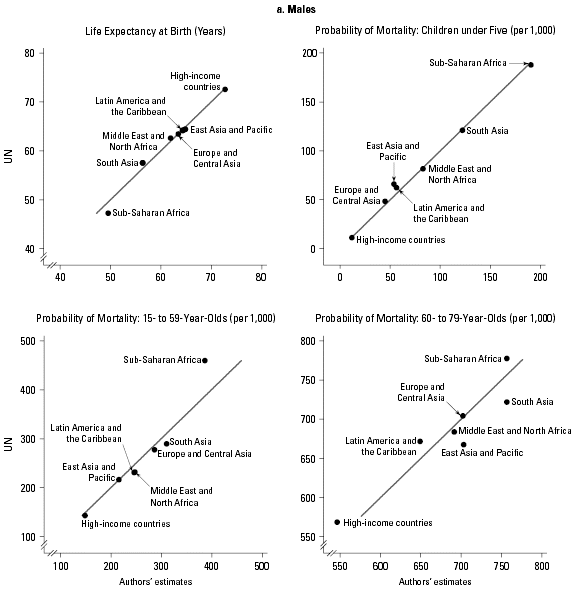Practice Questions for Test 1
1. What is health? Explain with specific examples how the definition of health depends on the given community.
2. Is it possible to define a universal standard of health? Explain how the World Health Organization and other institutions have tried to do so.
3. How do we measure the health of different populations? Discuss the advantages and limitations of health indicators such as life expectancy, infant mortality, and the DALY.
4. How is global health promoted by arguments based on human rights; on national security; and on health as a commodity? Which arguments do you think are most effective?
5. What kind of evidence for health effects is provided by correlational studies and by longitudinal studies? Discuss the advantages and limitations of each, with specific examples.
6. In the case of onchocerciasis eradication, what kinds of actions have proven effective to treat and eliminate the parasite from certain communities? How was the effectiveness proven? How did partner organizations have to work together? What challenges fact the future of onchocerciasis elimination?
7. How does economics interact with health? Explain how a country's wealth can have both positive and negative effects on public health.
8. How does culture interact with health? Explain different examples of how culture can influence health behaviors. Explain how a public health program can manage the effects of culture.
9.
Discuss the tables below (from the Disease
Control Priorities Project).
What does each table show about public health? How do their results
differ, and why?

10. What is the role of communicable diseases in public health? How does the situation differ between low-income and high-income countries? What kind of microbial illnesses are most common in each case?
11. What are the positive and negative roles of microbes in human health? Cite specific examples. How do different classes of microbes impact health differently?
12. What are fundamental differences between microbial and person-based health problems? How do they pose different challenges to public health? Discuss specific examples.
13. Discuss the DOTS program for tuberculosis control. What specific features make the program successful? What limitations arise in practice? Discuss limitations based on government; culture; and the nature of the tuberculosis bacteria.
14. Compare and contrast the use of antibiotics and oral rehydration therapy in treating diarrheal disease. Discuss specific cases in which one or the other (or both) might be appropriate.